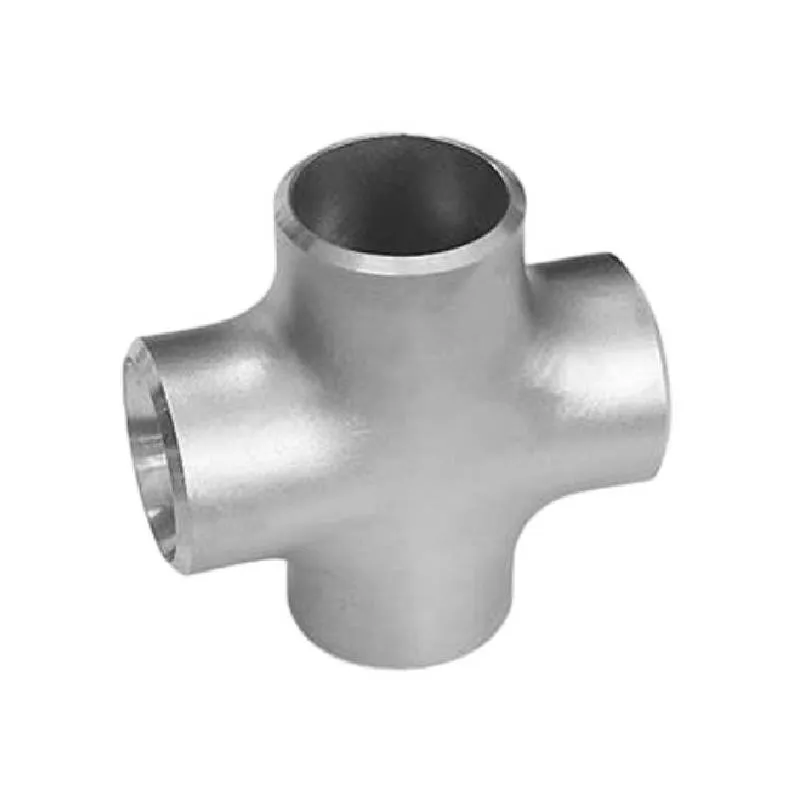-
Cangzhou Yulong Steel Co., Ltd.
-
Phone:
+86 13303177267 -
Email:
admin@ylsteelfittings.com
- English
- Arabic
- Italian
- Spanish
- Portuguese
- German
- kazakh
- Persian
- Greek
- French
- Russian
- Polish
- Thai
- Indonesian
- Vietnamese
- Zulu
- Korean
- Uzbek
- Hindi
- Serbian
- Malay
- Ukrainian
- Gujarati
- Haitian Creole
- hausa
- hawaiian
- Hebrew
- Miao
- Hungarian
- Icelandic
- igbo
- irish
- Japanese
- Javanese
- Kannada
- Khmer
- Rwandese
- Afrikaans
- Albanian
- Amharic
- Armenian
- Azerbaijani
- Basque
- Belarusian
- Bengali
- Bosnian
- Bulgarian
- Catalan
- Cebuano
- China
- China (Taiwan)
- Corsican
- Croatian
- Czech
- Danish
- Esperanto
- Estonian
- Finnish
- Frisian
- Galician
- Georgian
- Kurdish
- Kyrgyz
- Lao
- Latin
- Latvian
- Lithuanian
- Luxembourgish
- Macedonian
- Malgashi
- Malayalam
- Maltese
- Maori
- Marathi
- Mongolian
- Myanmar
- Nepali
- Norwegian
- Norwegian
- Occitan
- Pashto
- Dutch
- Punjabi
- Romanian
- Samoan
- Scottish Gaelic
- Sesotho
- Shona
- Sindhi
- Sinhala
- Slovak
- Slovenian
- Somali
- Sundanese
- Swahili
- Swedish
- Tagalog
- Tajik
- Tamil
- Tatar
- Telugu
- Turkish
- Turkmen
- Urdu
- Uighur
- Welsh
- Bantu
- Yiddish
- Yoruba

Oct . 10, 2024 01:44 Back to list
flange ansi b16 5 150
Understanding ANSI B16.5 Class 150 Flanges A Comprehensive Overview
Flanges are essential components in piping systems, providing a robust means of joining pipes, valves, pumps, and other equipment to create a sealed and secure system. Among the various standards used in flange manufacturing, ANSI B16.5 is one of the most widely recognized and adopted. In this article, we will delve into the specifics of ANSI B16.5 Class 150 flanges, exploring their design, application, advantages, and key considerations for usage.
What is ANSI B16.5?
ANSI B16.5 is a standard developed by the American National Standards Institute (ANSI) and published by the American Society of Mechanical Engineers (ASME). It covers the dimensions, materials, tolerances, and testing requirements for pipe flanges and flanged fittings. The standard encompasses various classes of flanges, including Class 150, which indicates the flange's pressure rating and performance characteristics.
Design and Specifications of Class 150 Flanges
Class 150 flanges are designed to operate at a maximum allowable pressure of 150 psi (pounds per square inch) at room temperature, although pressure ratings decrease at elevated temperatures. The flanges are typically made from materials such as carbon steel, stainless steel, and alloy steel, ensuring a balance between strength, corrosion resistance, and cost.
The dimensions of Class 150 flanges adhere to the standards set forth by ANSI B16.5. Common types of flanges include slip-on, weld neck, blind, and threaded flanges, each serving specific applications within piping systems. For instance, slip-on flanges are commonly used because they are easy to install and align, while weld neck flanges are favored for their high integrity in high-pressure applications.
Applications of Class 150 Flanges
Class 150 flanges find widespread application across various industries, including oil and gas, chemical processing, water treatment, HVAC systems, and power generation. They are ideally suited for systems that operate under moderate pressure and temperature conditions, providing a reliable connection point for pipes and equipment.
flange ansi b16 5 150

In the oil and gas sector, for instance, Class 150 flanges are often used in low-pressure pipelines, while in water treatment facilities, they can be seen connecting filtration systems and storage tanks. Their versatility extends to HVAC applications, where they can be found in ductwork and piping systems handling air and water flow.
Advantages of Class 150 Flanges
One of the primary advantages of using ANSI B16.5 Class 150 flanges is their compatibility with a broad range of pipe sizes and types, making them an ideal choice for diverse applications. Additionally, the standardization of dimensions and materials ensures interoperability, reducing the risk of leaks and failures due to improper fittings.
Cost-effectiveness is another significant benefit, as Class 150 flanges are typically less expensive than higher-rated flanges, making them suitable for projects with budget constraints while still meeting safety and reliability standards.
Key Considerations When Using Class 150 Flanges
When selecting Class 150 flanges for a project, several factors must be taken into account. Firstly, it is imperative to ensure that the selected flange matches the specific requirements of the piping system, including size, pressure rating, and temperature conditions. Additionally, proper installation techniques must be adhered to, as improper alignment or insufficient tightening can lead to leaks or system failure.
Moreover, regular inspection and maintenance of flanged connections are crucial in ensuring long-term reliability. Corrosion, wear, and mechanical stresses can compromise the integrity of flanges over time, necessitating periodic checks and potential replacements.
Conclusion
In conclusion, ANSI B16.5 Class 150 flanges play a vital role in modern piping systems, offering a reliable means of connecting various components under moderate pressure conditions. Their standardization, versatility, and cost-effectiveness make them a popular choice across multiple industries. However, it is essential to ensure proper selection, installation, and maintenance practices to maximize their performance and ensure system integrity. Understanding the specifications and applications of Class 150 flanges contributes to more efficient design and operation of fluid transport systems, ultimately enhancing productivity and safety.
Latest news
-
ANSI 150P SS304 SO FLANGE
NewsFeb.14,2025
-
ASTM A333GR6 STEEL PIPE
NewsJan.20,2025
-
ANSI B16.5 WELDING NECK FLANGE
NewsJan.15,2026
-
ANSI B16.5 SLIP-ON FLANGE
NewsApr.19,2024
-
SABS 1123 FLANGE
NewsJan.15,2025
-
DIN86044 PLATE FLANGE
NewsApr.19,2024
-
DIN2527 BLIND FLANGE
NewsApr.12,2024
-
JIS B2311 Butt-Welding Fittings LR/SR 45°/90° /180°Seamless/Weld
NewsApr.23,2024











